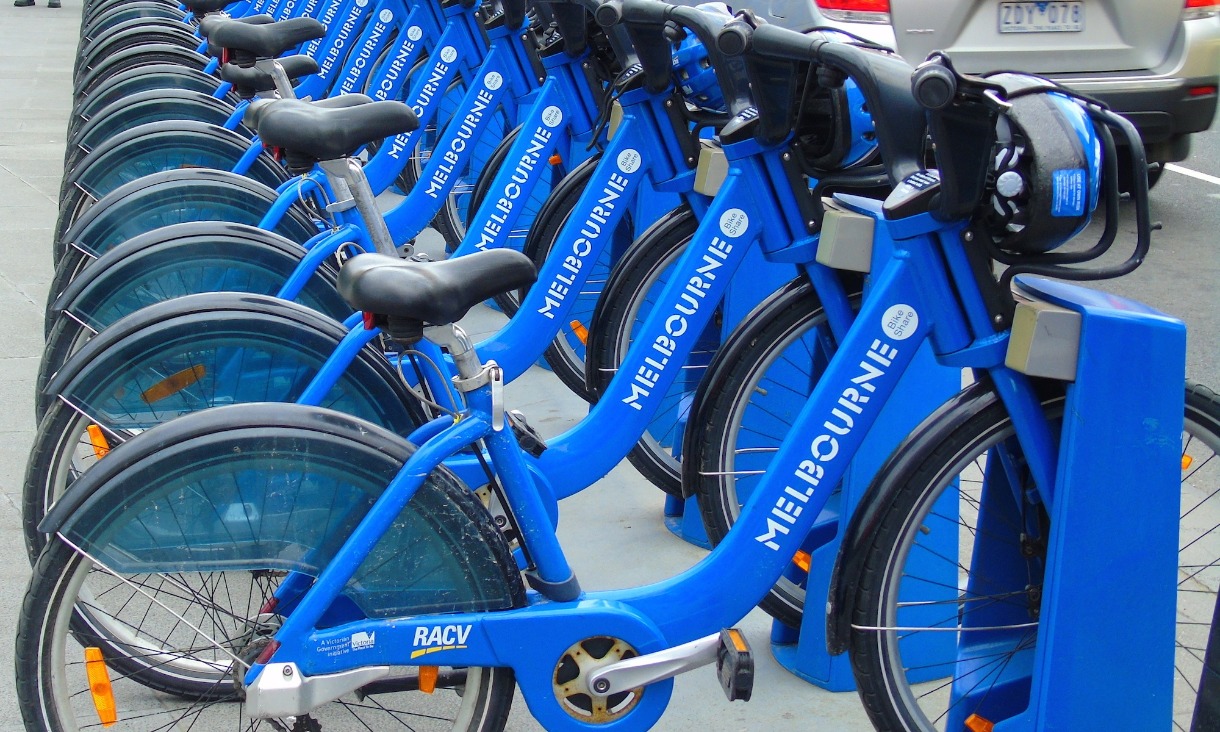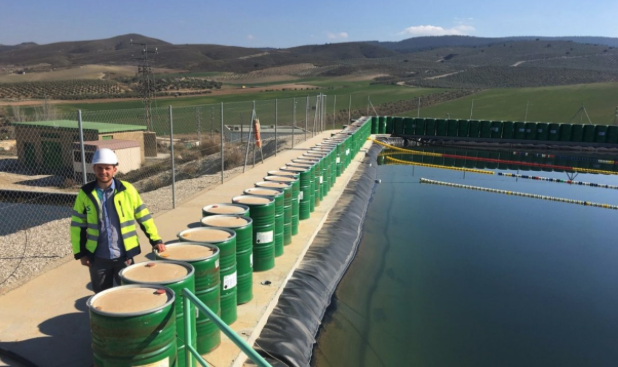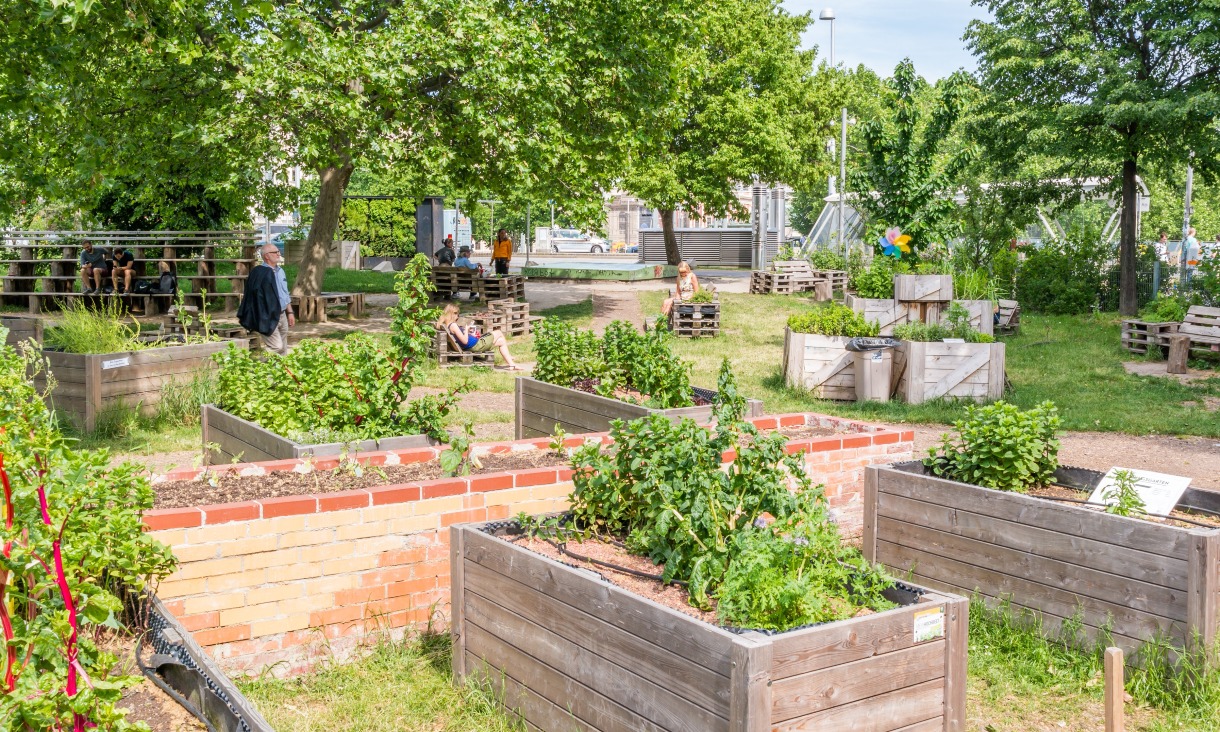Key Recommendations
- Urban planning and transport policies are important levers for encouraging active transport. Active transport is supported by high residential densities, well-connected streets, local destinations and services, and high-quality pedestrian and cycling infrastructure.
- To achieve the Plan Melbourne goal to create a city of walkable, 20-minute neighbourhoods, Melbourne’s residential density target needs to be raised from 15 dwellings per hectare to at least 25 dwellings per hectare.
- Only one per cent of Australians commute to work and safety concerns impact upon cycling uptake, particularly among younger and older riders. Significant investment in cycling infrastructure is required, including the design of traffic calming features such as separated cycle lanes and controlled crossings that enhance cyclist safety.
- Provision of high-quality public transport with active transport connections increases the distances accessible by active modes of transport. This can be supported by developing walking and cycling infrastructure around public transport facilities.
The benefits of shifting from private car travel to active transport modes, such as walking and cycling, are well recognised and have been promoted by both national and state governments.
Yet active transport rates in Australia remain low in comparison with many European and Asian countries.
Especially concerning is the decline in active transport among children, with less than a third of Australian children now regularly walking or cycling to school.
The benefits of active transport are recognised in health, transport and urban planning fields.
Active transport reduces congestion in the road network and can reduce infrastructure costs, as well as delivering health benefits through physical activity and disease prevention.
In Brisbane, for example, active transport has been estimated to gain 33,000 health-adjusted life years by 2026, generating net savings of $183 million, according to previous research.
According to the World Health Organisation, physical inactivity causes three million deaths per year. One of the most effective means of increasing physical activity is through urban planning and transport policies.
Active transport delivers environmental benefits by contributing to lower air and noise pollution, with positive flow-on health outcomes.
Infrastructure that supports walking and cycling also contributes to social equity and inclusion goals, providing opportunities for low-cost modes of travel.
However, active transport uptake in Australia remains very low in comparison with many European and Asian countries, with only four percent of the Australian workforce commuting by walking and only one per cent by cycling, according to the 2016 ABS Census.
The number of Australian children walking or cycling to school has halved over the past 40 years, finds the Active Health Kids Australia report, with less than a third now regularly walking or cycling to school.
A comprehensive cross-sectoral strategy is needed to increase the number of Victorians using active transport modes.
Policymakers should better consider building walkable neighbourhoods; further develop proximity-based planning policies; increase investment in cycling infrastructure and education; and coordinate active transport and public transport provision.
For more insights see the full Active Transport Policy Brief, here.
Story: Dr Hannah Badland and Dr Claire Boulangé





